calsfoundation@cals.org
Casa (Perry County)
| Latitude and Longitude: | 35°01’22″N 093°02’52″W |
| Elevation: | 367 feet |
| Area: | 1.09 square miles (2020 Census) |
| Population: | 120 (2020 Census) |
| Incorporation Date: | May 10, 1900 |
Historical Population as per the U.S. Census:
|
1810 |
1820 |
1830 |
1840 |
1850 |
1860 |
1870 |
1880 |
1890 |
1900 |
|
– |
– |
– |
– |
– |
– |
– |
– |
– |
– |
|
1910 |
1920 |
1930 |
1940 |
1950 |
1960 |
1970 |
1980 |
1990 |
2000 |
|
310 |
300 |
269 |
245 |
184 |
184 |
208 |
179 |
200 |
209 |
|
2010 |
2020 |
|
|
|
|
|
|
|
|
|
171 |
120 |
|
|
|
|
|
|
|
|
Casa may be one of the oldest settlements in Perry County, although it remained a small community until the arrival of the railroad and the discovery of coal in the area around 1900. The town’s name (the Spanish word for “house”) reflects the largely residential nature of Casa in the twenty-first century.
Local historians record that the earliest white settlers of Casa arrived during the 1830s. The first two families were named Grace and McGhee; they were joined by other families moving west from Georgia and South Carolina. A general store opened around 1850, and a post office was established in 1854. A log-cabin schoolhouse was also built before the Civil War. A cemetery was established around 1860. During the war, the homes of settlers were frequently raided by bushwhackers and other guerrilla forces, but no major military encounters took place in the region.
Following the war, the residents of Casa reestablished the school, eventually replacing it during the 1890s with a two-story frame building. The Ku Klux Klan was active in the area at this time. Construction of the Choctaw and Memphis Railroad (later to become part of the Rock Island) was completed through the area around 1900. A Baptist church was organized in 1897, meeting in an abandoned railroad boxcar until its first building was completed in 1905. Around 1900, coal was discovered and mining commenced, but the supply was quickly exhausted. Workers were then hired by the Fort Smith Lumber Company to harvest the yellow pine, oak, and hickory trees of the region. The rapidly growing town incorporated in 1900. Three lumber mills, four saloons, two newspapers, a bank, and four physicians became part of the town’s fabric. A Methodist congregation was also established. Former president Theodore Roosevelt made a five-minute campaign stop in Casa in April 1912.
By 1920, many of the trees in the area had been harvested, and attention turned to cotton farming, the price of cotton having been inflated by World War I. On July 4, 1920, the school was struck by lightning and burned to the ground. It was replaced by a brick schoolhouse that opened to students in 1923. A new lumber mill was built in the Rose Creek area. Fortunes soon turned against the town, however. A fire destroyed several downtown businesses in 1927. In 1929, the new mill closed, the bank failed, and many workers sought work in larger cities. The subsequent drought further damaged the town’s economic hopes as the Depression set in. Although the high school girls’ basketball team won a title at a national tournament held in Dallas, Texas, in 1932, Casa’s residents had few other reasons to celebrate during the Depression. Electric service to residents of the town was established in 1937.
By 1940, Casa’s businesses included three grocery stores, three general merchandise stores, a barber shop, a café, two garages, three gas stations, and a cotton gin. Late in the 1940s, school consolidation reduced the number of districts in Perry County from twenty-one to three. The Perry-Casa School District survived into the twenty-first century, when it joined the Two Rivers School District, most of which is in Yell County. In 2012, the Casa area had three Baptist churches and two non-denominational churches.
For additional information:
“The Day the Lights Came On…” Rural Arkansas 41 (February 1987): 12–13.
Living the Times, 1776–1976: A Bicentennial Tribute to Perry County. Casa, AR: Perry County Extension Homemakers Council, 1989.
Perry County Historical & Genealogical Society. Perry County, Arkansas: Its Land & People. Marceline, MO: Walsworth Publishing Company, 2004.
Steven Teske
Butler Center for Arkansas Studies
 Casa Church
Casa Church 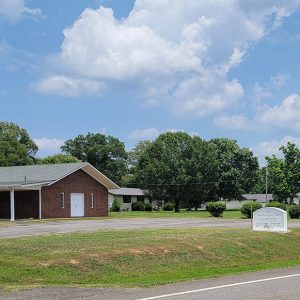 Casa Church
Casa Church  Casa Depot
Casa Depot 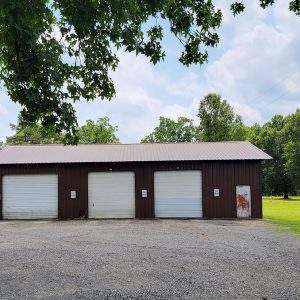 Casa Fire Deparement
Casa Fire Deparement 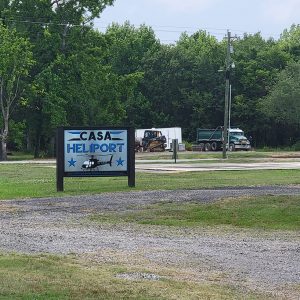 Casa Heliport
Casa Heliport 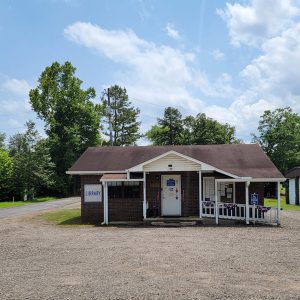 Casa Library
Casa Library 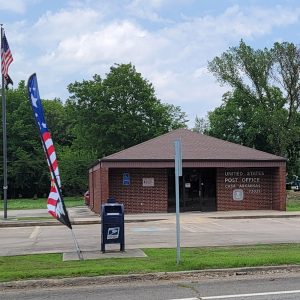 Casa Post Office
Casa Post Office  Casa Street Scene
Casa Street Scene 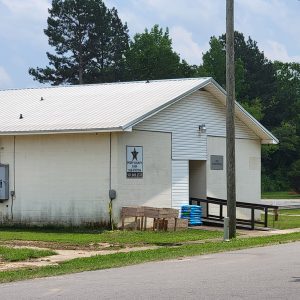 Casa Substation
Casa Substation 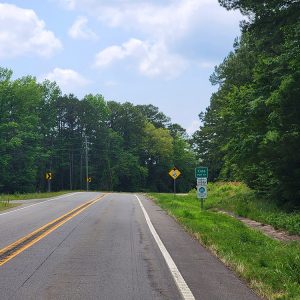 Entering Casa
Entering Casa 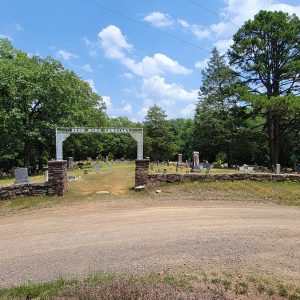 Need More Cemetery
Need More Cemetery 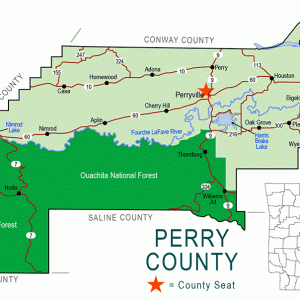 Perry County Map
Perry County Map 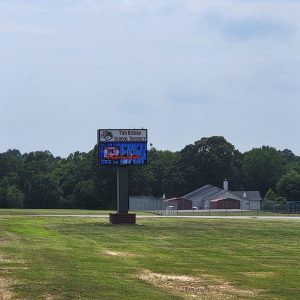 Two Rivers School District
Two Rivers School District 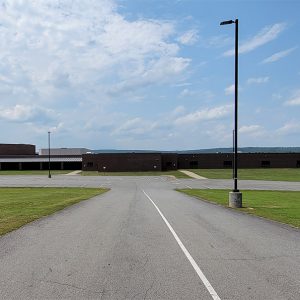 Two Rivers School District
Two Rivers School District 



My great-great-grandfather, Rev. Don L. A. Redditt, founded the Baptist church in Casa. I had the opportunity to visit that church in 2021 after my father passed away. My dad’s family was raised there, and my dad was raised there. Down in the front on a pulpit, there is a Bible that was donated to the church by my great-grandmother in honor of my great-grandfather who was pastoring the church and who was the son of the man who founded the church. What a blessing and honor it was visiting where my people had gone before me.
Most all my relatives are buried in the Casa Cemetery. Notes for WILLIAM ALEXANDER MCGHEE: From the book, HISTORY OF ARKANSAS, page 682 – published in 1889. “William Alexander McGhee is without doubt among the leading farmers of Casa Township, as these facts amply testify. He was born in Washington County, Tenn., on January 8, 1835, his father’s (compiler’s note – Nicholas McGhee) birth occurring in the same county in 1805. He was a farmer of Dutch and Irish descent, and moved from Tennessee to Alabama, thence to Georgia in 1854, and in 1858 to Perry County, Ark. He died September 1, 1885. His wife (compiler’s note – William’s mother, Mary Green) was born in Greene County, Tenn., and died in April, 1879, also in Perry County. She was the mother of fourteen children, seven of whom are now living, four sons in Perry County: Malachi P., James K.P., Nicholas A. and our subject; and three daughters: Josie E., Rebecca J. and Mary C. William Alexander, the third of the family, was reared and received most of his education in Alabama. At the age of twenty-three he began life for himself, and at that time married Miss Anna Green, who was born in Alabama in 1835. They have had ten children, all living….In 1861 [he] enlisted in the Confederate army in Company H, Tenth Arkansas Infantry, and served as corporal till 1863, being in the battle of Port Hudson where he was wounded in the head with a spent ball. He came to this county in 1858, and purchased 198 acres of unimproved land. This has increased until he now has 360 acres, of which 115 are under cultivation, watered by Grace Creek, and forming an excellent stock farm.”